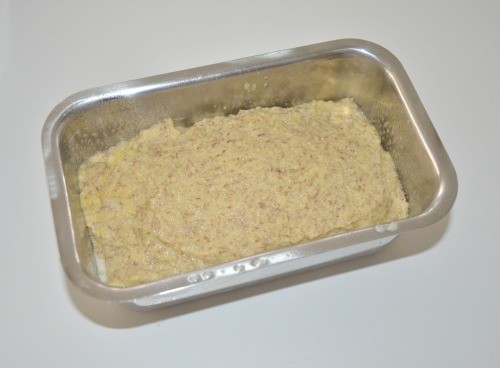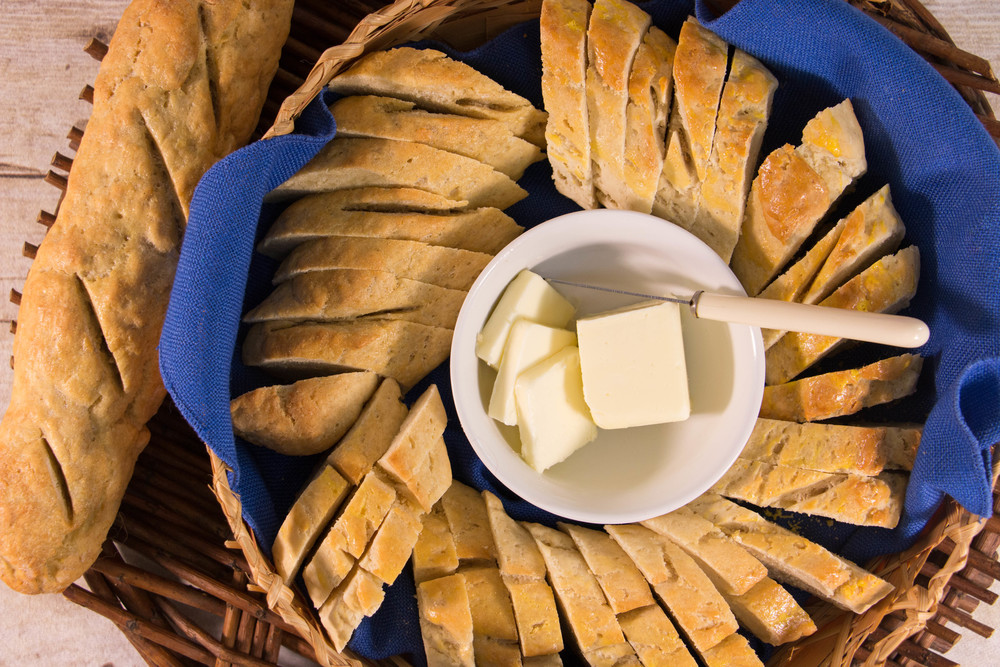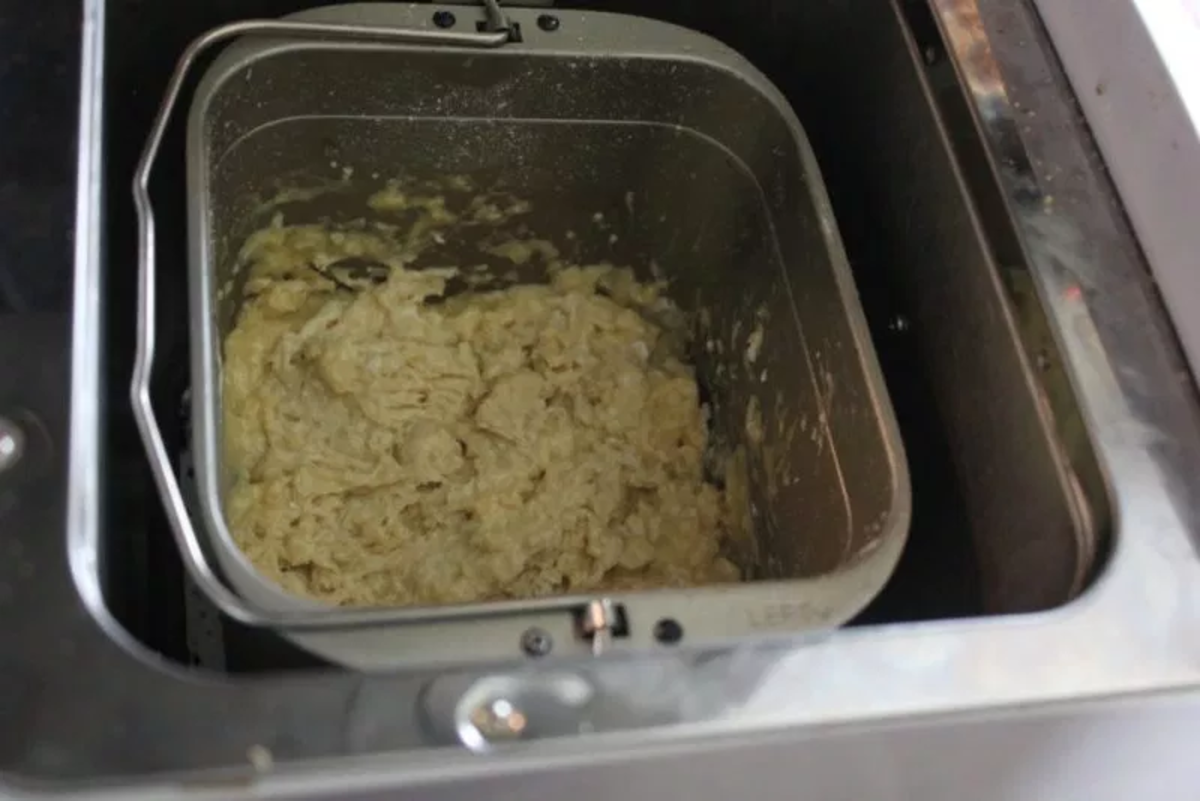Table of Content
With gluten-free breads, finding a flour blend that closely replicates the structure and consistency of wheat flour is often elusive and challenging. Coconut flour can also be used, although it is quite dense and absorbent, so more liquid might be needed and the flavor will be stronger. A combination of gluten-free flours is often the most successful approach for making bread that is just as delicious as regular bread but with a gluten-free alternative.

When looking at labels, you should be careful with "brewer's yeast" and "yeast extract", both of which are made with barley. You don't need to proof the Instant yeast, but I do find that dissolving it in water helps it to incorporate better. Otherwise, you'll end up with more flour than you want which causes the bread to be dense. Sure it worked for me, but I haven't checked to see if it's repeatable with that amount of psyllium husk powder.
All-Purpose Flour
For best results, at least when you are learning to bake gluten-free bread, use recipes specifically developed for gluten-free bread. Pectin is frequently derived from citrus fruit and apples and is a familiar ingredient in jelly and jam recipes. Look for citrus or apple pectin at health food stores or at grocery stores where jam and jelly making ingredients are kept. Although gluten-free flours are often stored in the refrigerator or freezer, your gluten-free bread will have better results if the ingredients are at room temperature. When baking with it, you may need to add a little extra liquid to recipes to help make up for the lack of gluten.

Store the flour in an air-tight container. Depending on the recipe, you can use it as a direct substitute for regular flour. You may have to use a little more/less flour depending on the recipe however.
Gluten-Free Banana Bread
So I’m looking around for a good gluten-free bread recipe online. If you prefer to make this gluten-free bread recipe in a bread machine make sure you have one with a gluten-free setting. I have a Zojirushi bread machine and it makes a beautiful loaf and is my preferred gluten-free bread machine. There are other bread machines, just follow their instructions if they are different. If your bread sinks in the middle before it is done baking you most likely let the yeast proof sit too long before using it or you let your bread rise too long.
Please read all the tips and tricks in the post before you get started. If you prefer to use a bread machine, check further up in the post for instructions. Again, if you have any questions on how to make gluten free bread, please leave me a comment below. I've included a video that shows step-by-step how to make gluten-free bread. Read the recipe instruction and get all ingredients out before you start. You might read that a loaf is done baking once it hits around 200 degrees F.
Gluten-free bread
I feel it yields the best results. Swap out the 3 egg whites with 2 tablespoons of chia seed + 7 tablespoons of water . Or use Bob's Red Mill Egg Replacer and mix up 2 eggs worth. For a gluten free vegan bread version of this gluten-free bread recipe, you can use chia-eggs or Bob's Red Mill Egg Replacer . I posted a gluten-free bread recipe back in early 2015.
To be honest, I ate way too much bread and butter during these months. That’s the sacrifice I had to make, I guess. 😉 Finally, FINE-AH-LEE, I have a gluten-free bread recipe that’s easy to make, soft in texture, doesn’t fall apart, and tastes great. Oh, and it’s dairy-free, corn-free, and rice-free to boot. It’s more than a bit of a pain, isn’t it?
What is the trick to making good gluten free bread?
Of xanthan gum to each bag, and then the sugar, and then etc. There are three steps to baking bread. Only three – see this is NOT scary! In the first step you make the dough, then you let the dough rise, and then finally you bake the bread. We create simple, easy-to-follow recipes that are always gluten-free, often dairy-free, and sometimes Paleo. We've got hundreds of recipes, resources, and travel articles showing you how you can enjoy gluten-free foods while living your best gluten-free life.

Once the bread is cool , it’s time to cut it. Let me say that again, use a serrated knife. A smooth-blade knife will squish the bread. Lots of people ask me how to slice straight pieces of bread. Um….this is one that I can’t help with.
@glutenfreepalate on Facebook or Instagram. You can also come back and leave a link to your post here in the comments. I haven't tried using cassava flour in place of any of the flours or starches. If you're up for experimenting, I would probably start with using all cassava instead of the GF Flour blend, and then tweaking from there. It will require some trial and error to make that kind of big substitution though.

To make this a gluten free vegan bread, see the instructions above for subbing out the eggs for chia eggs. This gluten-free bread is also dairy-free. I've tested it with dairy and I found it to add to the quick bread texture. These numbered steps match the numbered photos above and are for illustration purposes.
Simply put, you need xanthan gum because gluten isn’t present in the dough. Gluten, which comes from the Latin word for “glue”, provides elasticity and strength to traditional wheat-based doughs. If you’ve ever kneaded dough or watched someone throw pizza dough over their head, you’ve witnessed the stretchiness of gluten in action. Without this rubber band-like protein, gluten-free bread dough lacks the essence of what gives bread structure. For about six months or so I’ve been working on this recipe.

Some blends are better for some recipes than others. Potato starch and potato flour are not the same thing. Barley has gluten, so that wouldn't work. Tapioca flour does not have gluten, so it won't remove gluten, but it would just not add anymore of it than what's already there. Use arrowroot, amaranth, and tapioca flour to thicken roux, sauces, and pie filling.
How to make gluten-free bread at home
Blend the dough with a mixer for 4 minutes. Bake the bread for 20 minutes and then remove the baking tray filled with water. After 20 minutes, bake it further for minutes at 230 degrees C. You can cover the bread with aluminium foil to prevent dark browning with the shiny side up. Once done, take out the bread loaf and let it cool on a wire rack. We can definitely try to troubleshoot!
With a little practice and patience, you can find the right combination of ingredients and techniques that work best for you. Scoop your dough into the bread machine and smooth the top of the dough. I bake my bread using an 80 minute setting that allows for 20 minutes of kneading, 18 minutes of rise, and 42 minutes of baking.

No comments:
Post a Comment